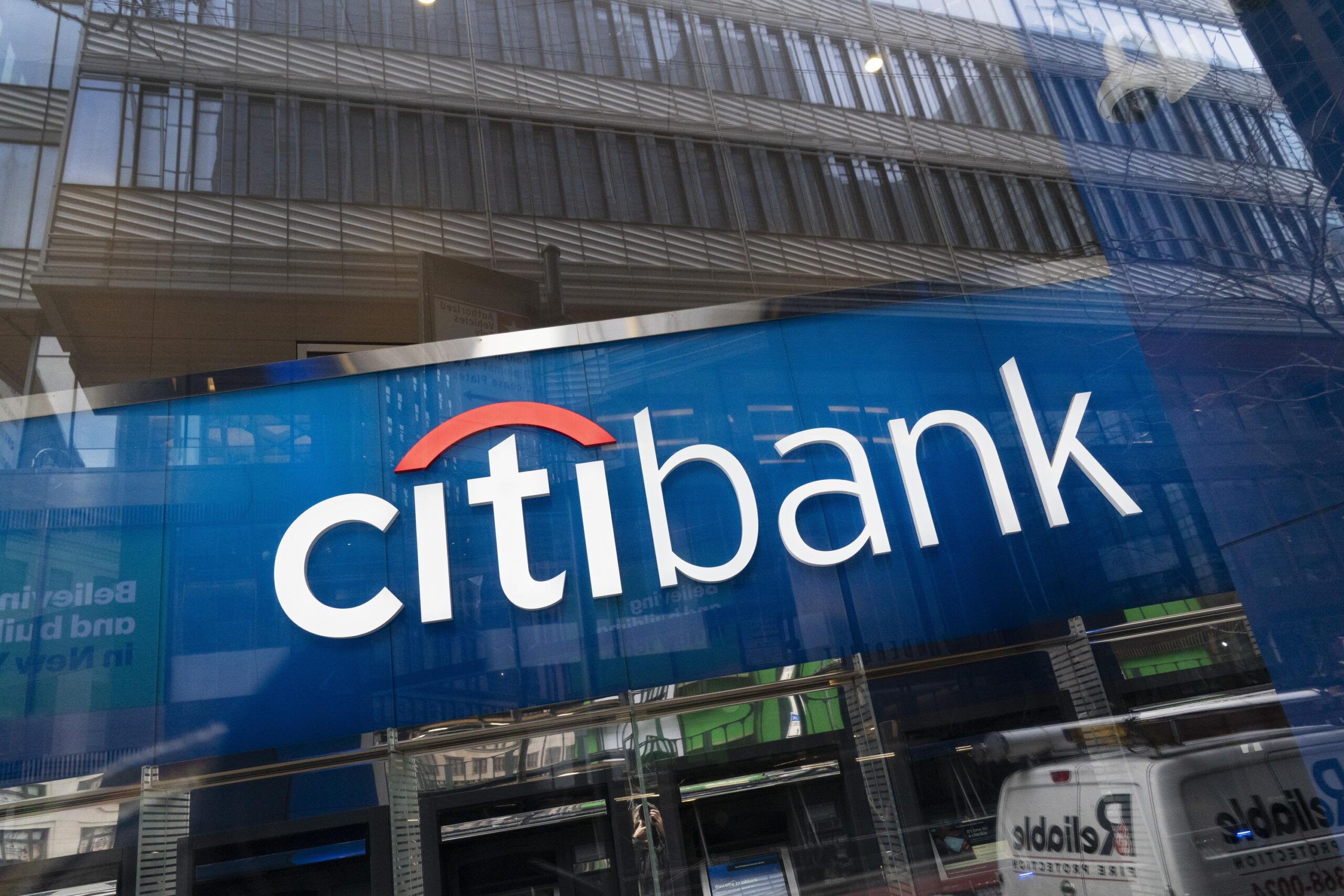The US banking industry has been rocked by the recent failures of Silicon Valley Bank and Signature Bank, but the largest banks in the country appear to be weathering the storm. According to recent reports, these banks have posted strong profits for the first quarter of the year, thanks to higher interest rates and a growing economy.
JPMorgan Chase & Co. reported a 52% jump in its first-quarter profits, helped by noticeable deposit growth. Customers and businesses flocked to the banking giant after the failure of Silicon Valley Bank and Signature Bank last month. Wells Fargo also beat analyst projections by earning $5 billion in the first quarter, while Citigroup’s revenue beat estimates as well, despite being impacted by one-time losses on some investments.
“These were the most watched bank earnings announcements in over a decade, with market participants scouring the results looking for signs of cracks in the US banking sector. Those analysts looking for signs of the banking crisis were greatly relieved to not find any,” said Octavio Marenzi, CEO of the consulting firm Opimas LLC.
While the largest banks seem to be doing well, midsize banks are facing potential runs on their deposits, and regulators are turning to larger institutions for help. JPMorgan, in particular, has been the industry’s go-to problem solver for banking issues for years now. After Silicon Valley Bank and Signature Bank failed, JPMorgan helped put together a consortium of other big banks to keep First Republic Bank from collapsing as well. The group of banks put $30 billion in uninsured deposits into First Republic, a move that appears to have at least bought the midsize bank some time to repair its balance sheet and maybe find a buyer.
While the big banks reported strong results, most banks on their calls with investors still expect some sort of slowdown in the US economy later this year. Citigroup’s CEO Jane Fraser told investors that the bank now expects a “mild” recession at the end of the year, saying there are signs that consumer spending is slowing down.
The recent failure of Silicon Valley Bank and Signature Bank has raised concerns about the stability of the US banking sector, but the biggest banks have been able to weather the storm so far. These banks have benefitted from being able to charge customers more for loans in a higher interest rate environment, although they have also accumulated billions of dollars in paper losses on bonds and other securities bought when interest rates were lower.
The biggest banks have been the least of investors’ worries because the size of their massive balance sheets and diversity of their businesses allow them to hold a variety of securities. But more notably, the largest banks have long carried an implicit government backstop as being “too big to fail” since the 2008 financial crisis. This backstop has attracted billions of deposits to the largest banks since Silicon Valley Bank’s collapse. JPMorgan grew deposits by $37 billion during the quarter, up to $2.4 trillion.
While the largest banks seem fine, it’s the midsize banks that report next week that will attract more attention than usual. Banks such as KeyCorp, Zions Bank, Comerica, and others saw their stocks get hit hard due to being similar in business and size to Silicon Valley Bank and Signature Bank.

